By_shalini oraon

—
Lamps, Laughter and Lingering Haze: India Glows Bright on Diwali
There is a moment on Diwali night, just as the sun surrenders to the horizon, when India holds its breath. Then, one by one, a billion flames begin to flicker. From the snowy windowsills of Kashmir to the coastal verandahs of Kerala, from the bustling metropolitan balconies of Mumbai to the mud-caked walls of village huts, tiny earthen lamps, or diyas, are lit. This is not merely the lighting of lamps; it is the ignition of hope, a collective defiance against darkness, and the transformation of a nation into a living, breathing constellation. Diwali, the Festival of Lights, is a multisensory tapestry woven with threads of ancient mythology, profound spirituality, raucous laughter, and the lingering, complex haze of celebration.
The Triumph of Light: The Spiritual Core
At its heart, Diwali is a spiritual allegory. The most popular narrative, etched into the cultural consciousness, is the return of Lord Rama to his kingdom of Ayodhya after 14 years of exile. Having vanquished the demon king Ravana, Rama’s path home was illuminated by millions of lamps lit by his joyous subjects. The lighting of diyas today is a re-enactment of that ancient welcome, symbolising the victory of dharma (righteousness) over adharma (unrighteousness), of knowledge over ignorance, and of good over evil.
But India’s tapestry is rich and varied. In the eastern state of West Bengal, Diwali coincides with the worship of Goddess Kali, the fierce embodiment of Shakti (power). Here, the night is dedicated to confronting and embracing the destructive and creative aspects of time, seeking her blessings to annihilate the ego and inner darkness. In Jainism, Diwali marks the spiritual awakening of Lord Mahavira, and for Sikhs, it commemorates the release of Guru Hargobind Sahib from imprisonment. This plurality of meanings makes Diwali a truly national festival, a unifying force that respects and celebrates diverse interpretations of light.
The Rhythm of Preparation: More Than a Day
Diwali is not a single day but a crescendo of activities that build up over weeks. The festival officially begins with Dhanteras, a day dedicated to wealth and prosperity. Homes are cleaned and often renovated, a ritualistic purification that is as much about sweeping away negative energies as it is about dust. The sound of scrubbing and the smell of fresh paint mix with the excited chatter of families. On Dhanteras, it is considered auspicious to buy gold, silver, or new utensils, a tradition that sees jewellery shops and markets thronged with hopeful, festive crowds.
The following day, Naraka Chaturdashi or Choti Diwali, arrives with the pre-dawn ritual of an aromatic oil bath. The air is filled with the scent of uptan (a paste of herbs and sandalwood) as families prepare for the main event. The kitchen becomes the heart of the home, with the women, and increasingly the whole family, embarking on a culinary marathon. The air grows thick with the sweet, irresistible fragrance of gulab jamun, jalebi, kaju katli, and laddoos—traditional sweets that are not just desserts but edible tokens of affection, to be shared with neighbours, friends, and family.
The Main Event: A Symphony for the Senses
As the central day of Diwali dawns, the anticipation is palpable. The final touches are given to the rangoli—intricate, colourful patterns drawn on the floor at the entrance of homes. Made from coloured rice, flour, sand, or flower petals, these are not just decorations; they are sacred welcome signs for the Goddess Lakshmi, the deity of wealth and prosperity, who is believed to visit clean, well-lit homes on this night.
The evening is the grand performance. As darkness falls, the diyas are arranged in rows along boundaries, clustered on windowsills, and set afloat in bowls of water. The act of lighting them is a meditative, family affair. The warm, golden glow of the mustard-oil-fed flames casts dancing shadows, softening the edges of the world and lending everything a magical, ethereal quality. This is followed by Lakshmi Puja, a solemn prayer ceremony where families gather to seek divine blessings for prosperity, health, and happiness. The silence of the prayer is broken only by the chanting of hymns and the ringing of bells.
And then comes the explosion. The quiet reverence of the puja gives way to unbridled joy as the first firecracker of the night screeches and bursts into a thousand stars. Soon, the sky becomes a canvas for pyrotechnic artistry. The thunderous boom of rockets, the frantic whirl of chakris, and the percussive bursts of strings of laddoos create a symphony of sound and light. The air fills with the distinct, sulphurous smell of gunpowder—the “lingering haze” of the title—a scent that, for many, is inextricably linked with the memory of Diwali. Children run around with sparklers, their faces lit with wonder, while elders watch from balconies, sharing sweets and stories.
The Lingering Haze: A Festival at a Crossroads
Yet, in recent years, this very haze has become a point of intense reflection and debate. The morning after Diwali often reveals a thick, toxic smog blanketing northern Indian cities, leading to a public health crisis. This has sparked a vital national conversation about tradition versus sustainability. A growing movement now advocates for a “green Diwali,” one that emphasises the beauty of diyas and electric lights over firecrackers. This shift is not a rejection of joy, but a reinterpretation—a conscious choice to ensure the festival illuminates lives without endangering them.
This evolution is a testament to Diwali’s enduring relevance. It is a festival that can hold space for both the ancient and the modern, the spiritual and the social. The laughter that echoes through the houses, the warmth of family gatherings, the shared meals, and the exchange of gifts reinforce the bonds of community. In a world often fragmented by differences, Diwali serves as a powerful annual reminder of our shared humanity and the eternal, universal need to seek out the light.
As the last firecracker fades and the final diya flickers out at dawn, what remains is more than just the smoky haze. It is the afterglow of connection, the sweetness of shared joy, and the rekindled inner light that promises to guide one through the year ahead. For in that billion-strong chorus of light, one finds not just a celebration, but a promise—the timeless, resilient promise of hope.
Discover more from AMERICA NEWS WORLD
Subscribe to get the latest posts sent to your email.
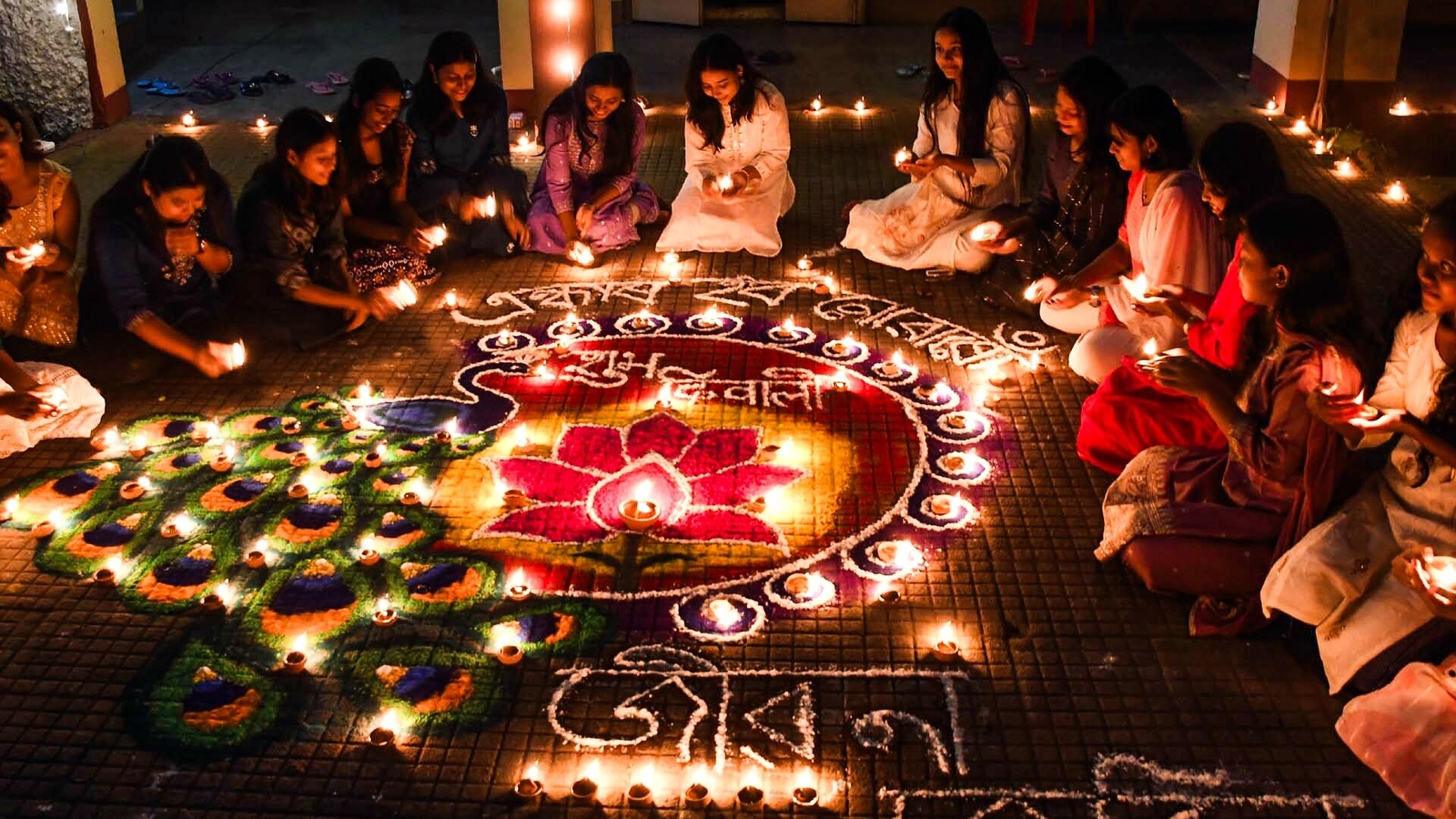
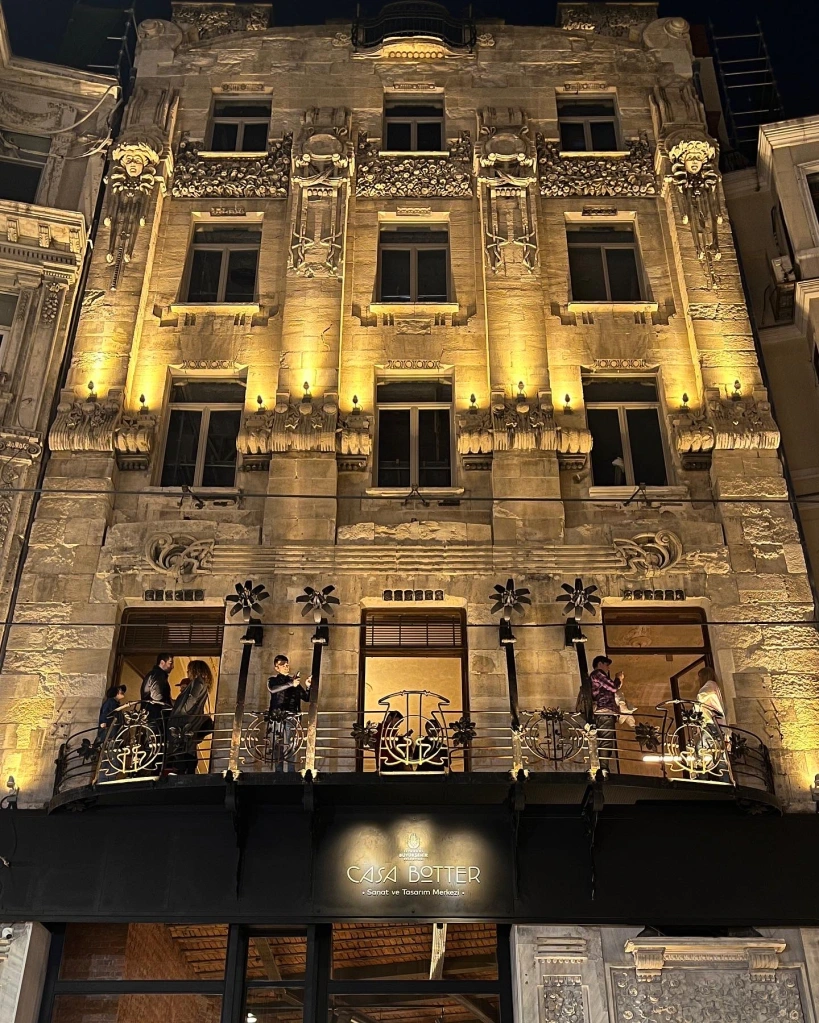


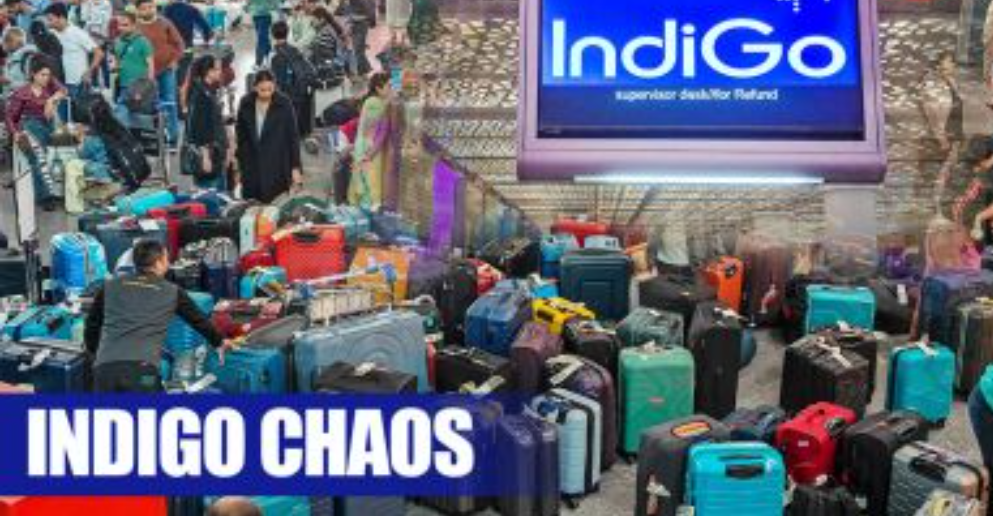
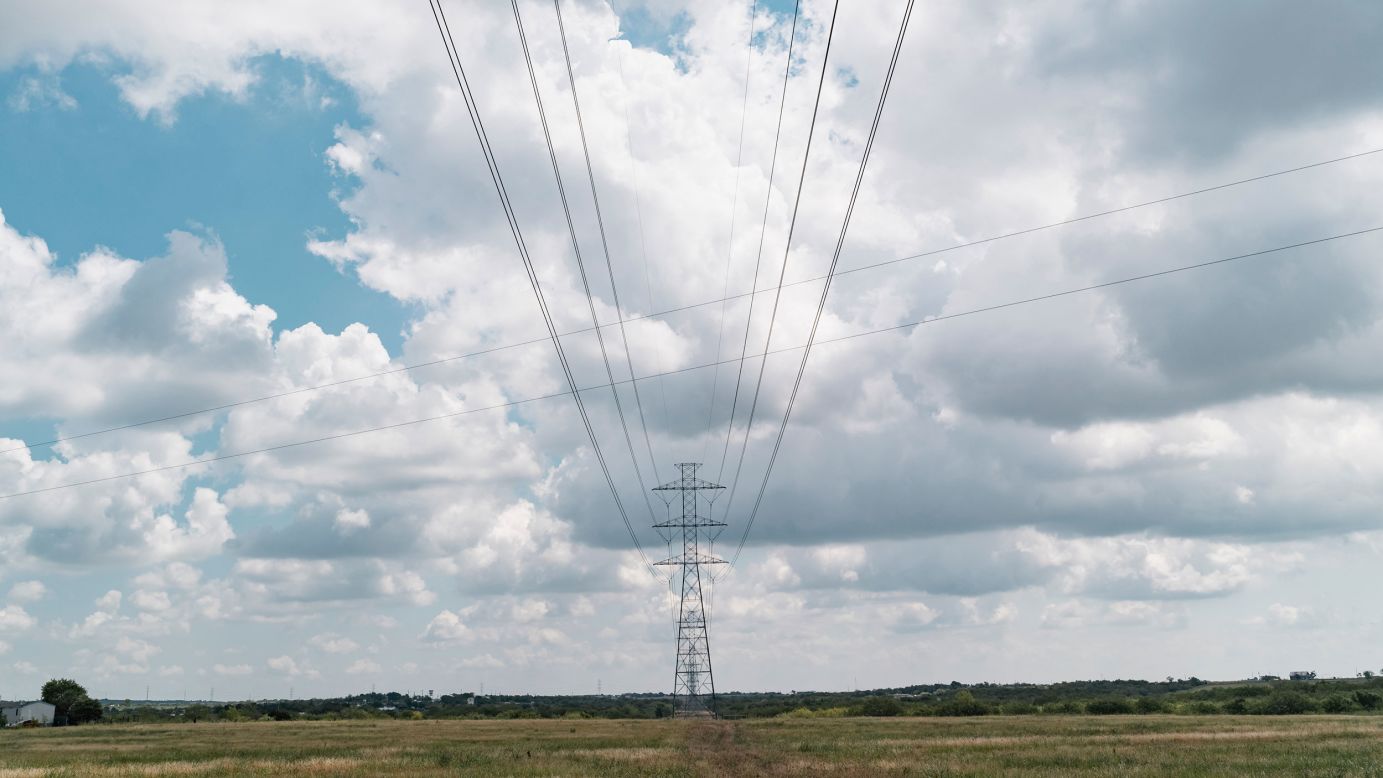
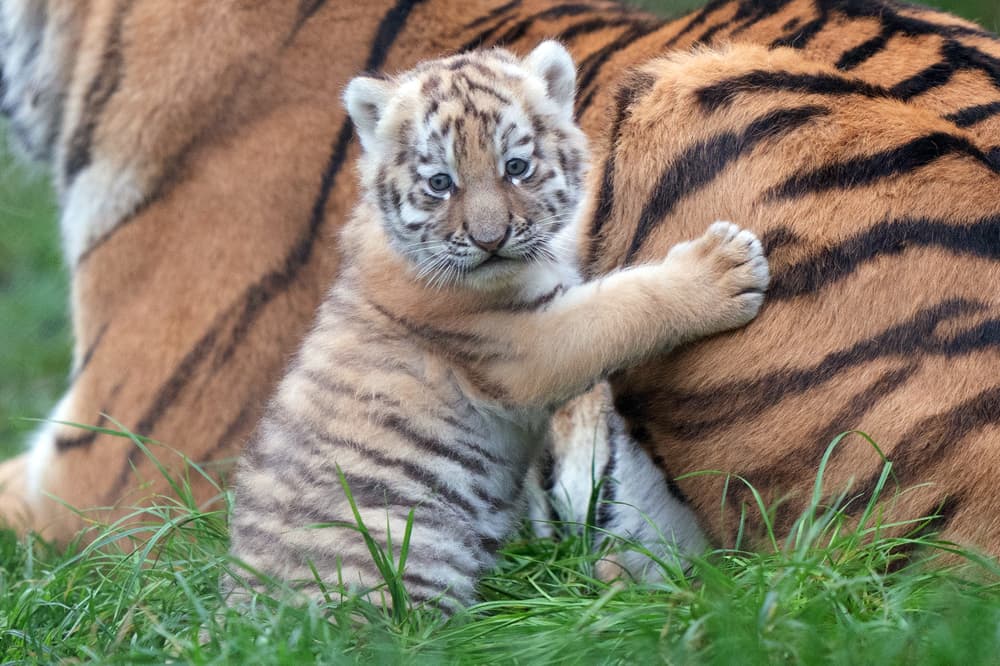









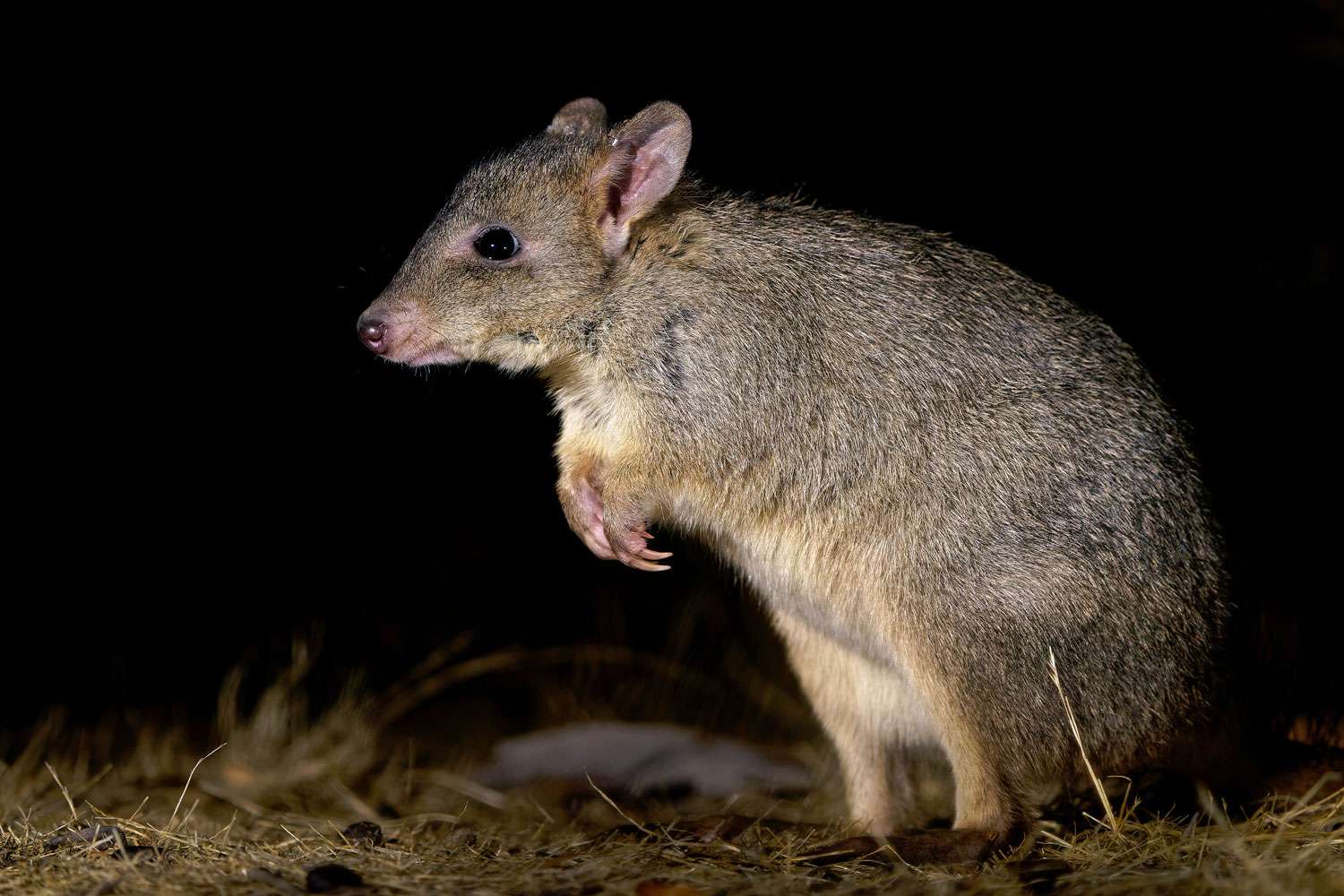
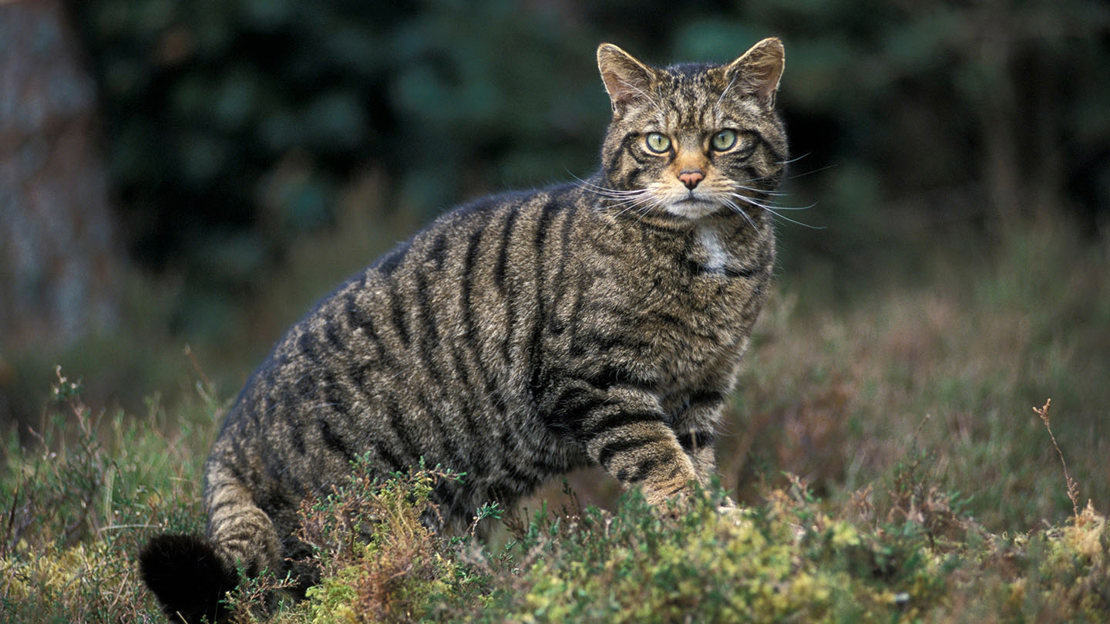
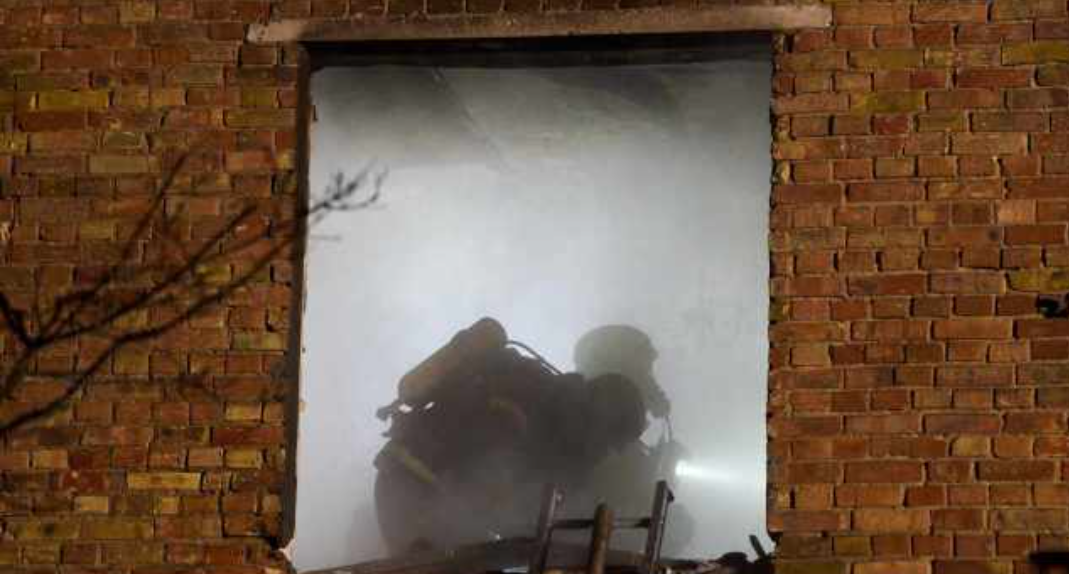
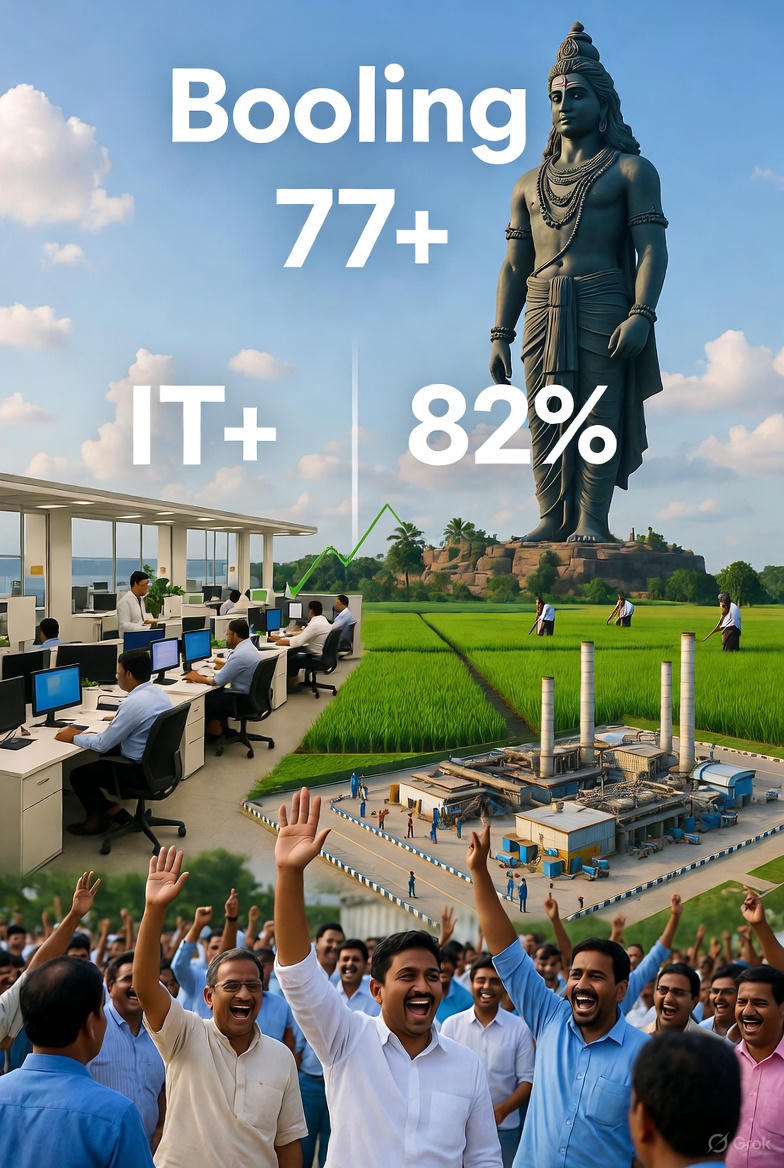





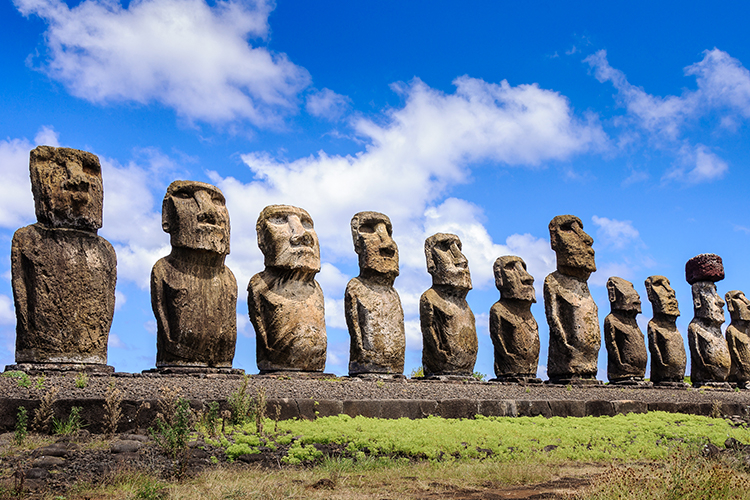
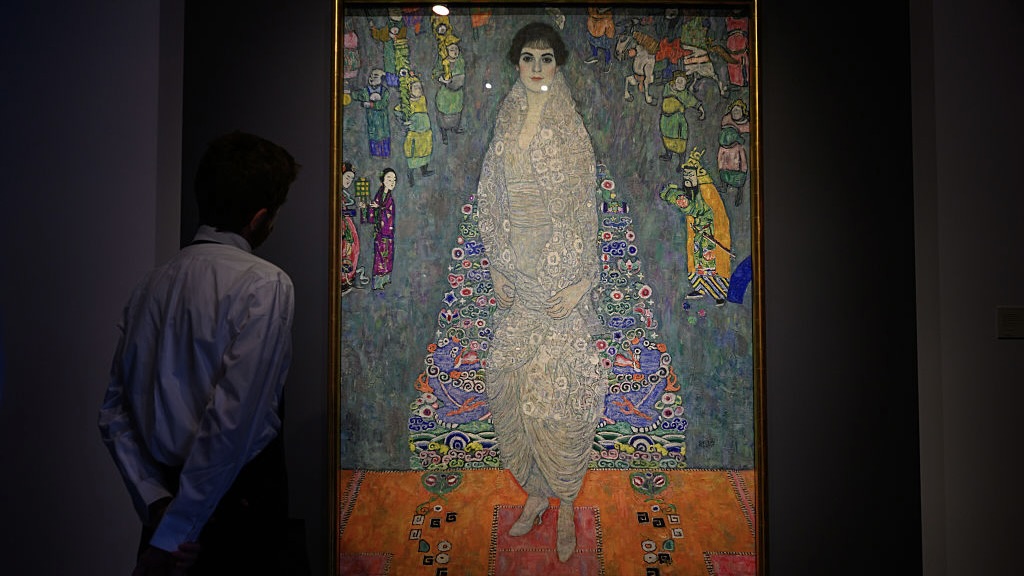
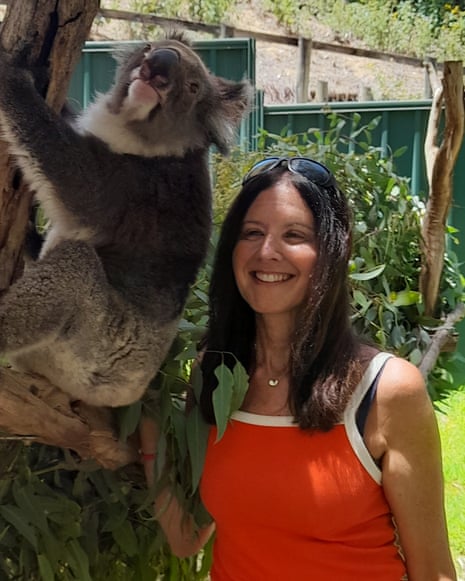




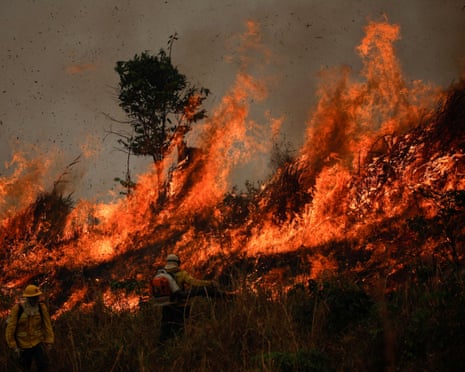
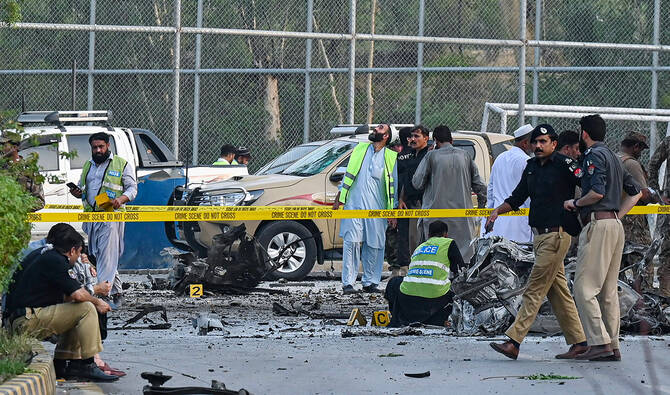


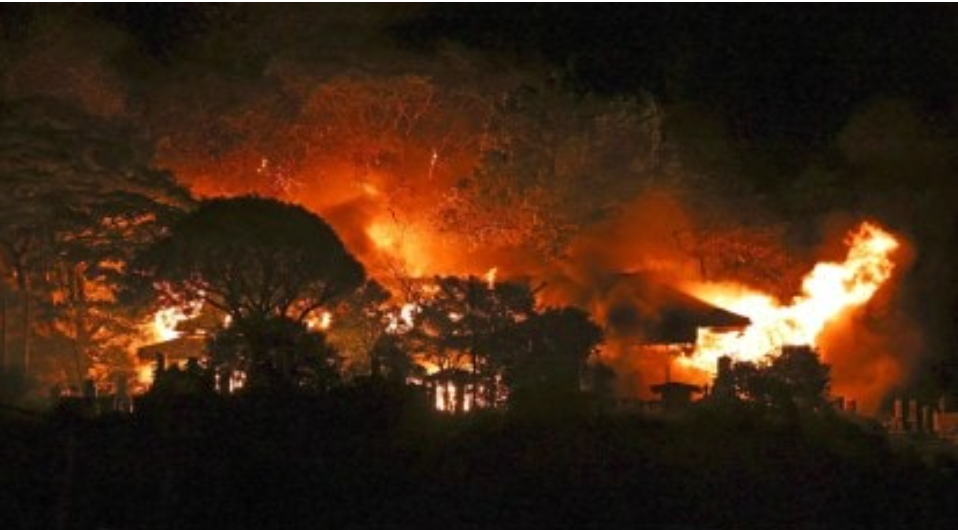


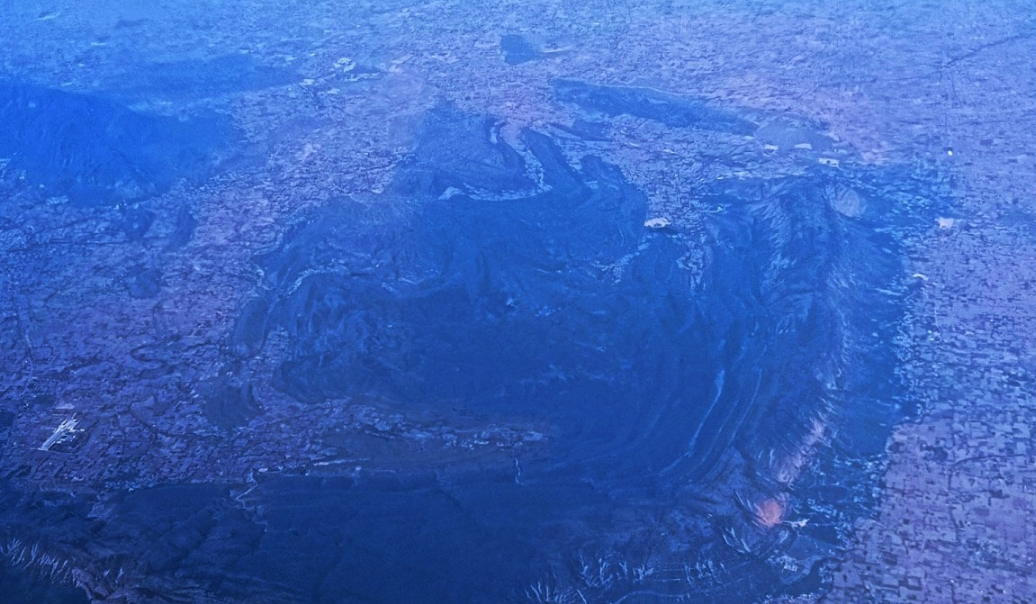
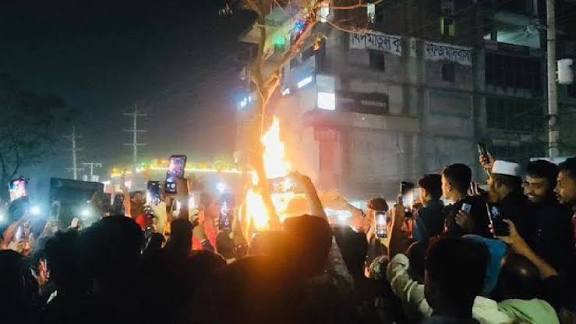
Leave a Reply